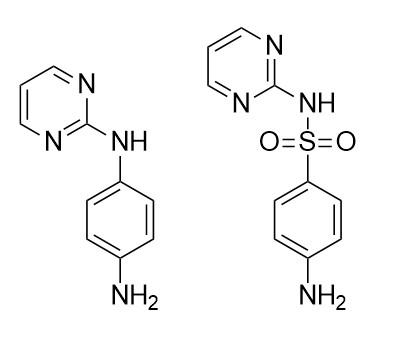
Credit: Luke Robertson
A previous study has shown that a type of squill growing in Madeira produces a chemical compound that may be useful as a medicinal drug. But a new study from researchers at Uppsala University has shown that this is probably not true: instead, the plant had likely accumulated antibiotics from contaminated soil.
All chemical compounds in nature are built through biosynthesis, a process where plants, animals and microorganisms produce complex compounds from simpler structures. Some of these are produced with the goal of protecting the organism, e.g. the toxic compounds produced by plants to poison herbivores. The fields of pharmacognosy and natural products chemistry are focussed on taking these compounds from nature and repurposing them for use in human medicine.
Today, we know quite a lot about biosynthesis within different organisms. Using this knowledge, we can even predict the kinds of chemical compounds that we expect to find within nature – and the ones we do not.
This knowledge led Luke Robertson, postdoctoral fellow working between the Department of Ecology and Genetics and the Department of Medicinal Chemistry, to question the proposed structure of a chemical compound discovered within the Madeiran Squill (Scilla madeirensis, Asparagaceae). A previous study had reported that a compound produced by the plant might be useful for the treatment of prostate hyperplasia. But the structure of the compound looked strange: it did not fit with any known biosynthetic pathway. Closer examination led Robertson to the conclusion that the researchers had not only misidentified the chemical structure – but that they had found a substance that was not produced by the plant at all. They had discovered a synthetic antibiotic: sulfadiazine.
“The tools we use to identify the structures of organic compounds can be complex; we don’t just put data into a computer and it then spits out a chemical structure back at us. It’s like solving a riddle – and two people might have different answers to the same riddle” said Luke Robertson.
But where did the sulfadiazine come from? While the compound was clearly isolated from within the plant, we know that sulfadiazine is synthetic; that is, produced only by humans. The only reasonable explanation, according to Robertson, is that the drug had contaminated the plant and the surrounding area through polluted fertilizer. Sulfadiazine is widely used within the livestock industry and is known to be spread throughout the environment via animal manure. The compound then builds up within soil and is later accumulated within plants.
“It is incredibly important that we identify chemical structures correctly. Drug companies stand to lose millions by discovering a compound with potential to be used as a human drug, but then patenting the incorrect chemical structure. If another company figures this out, they can effectively ‘steal’ the compounds patent”.
###
Media Contact
Luke Robertson
[email protected]
Original Source
https:/
Related Journal Article
http://dx.




